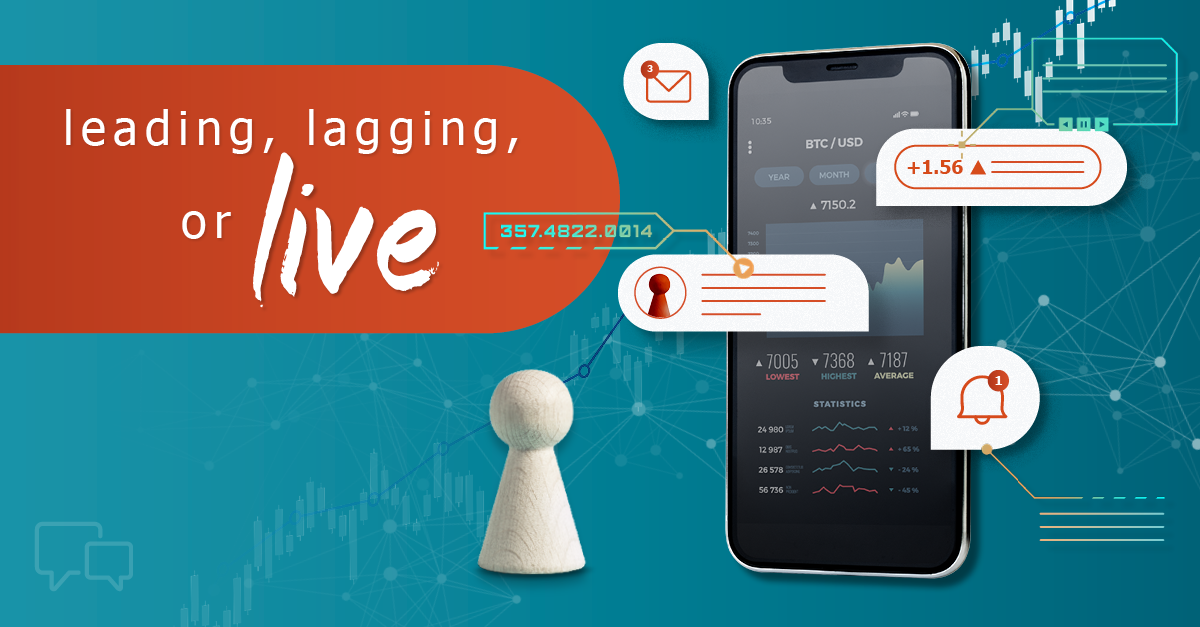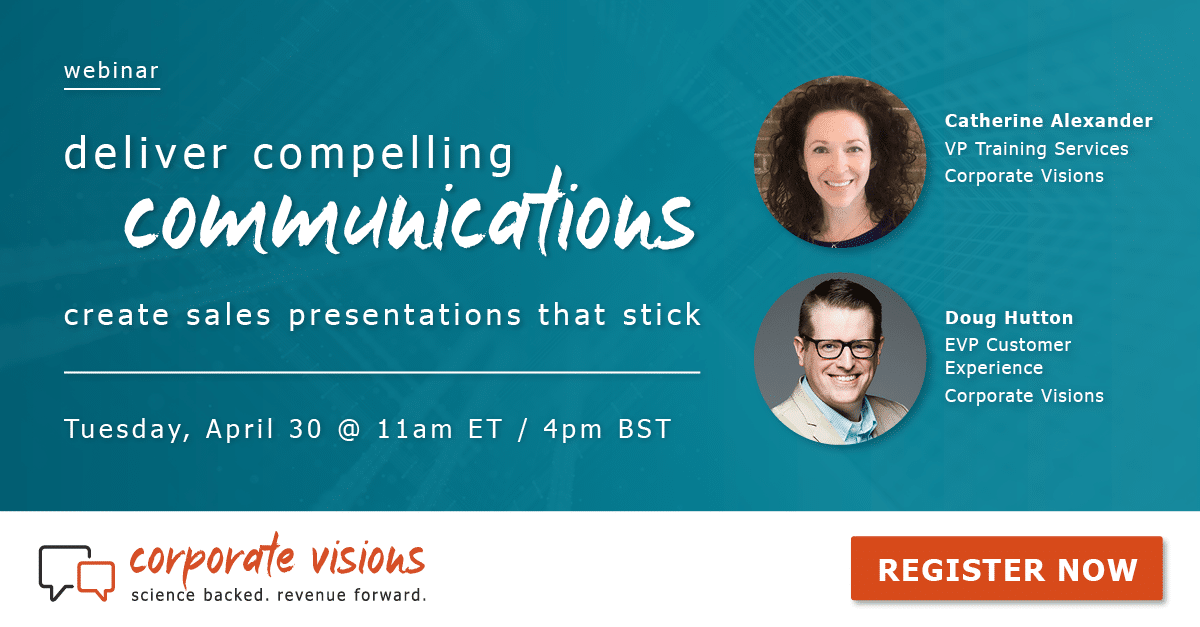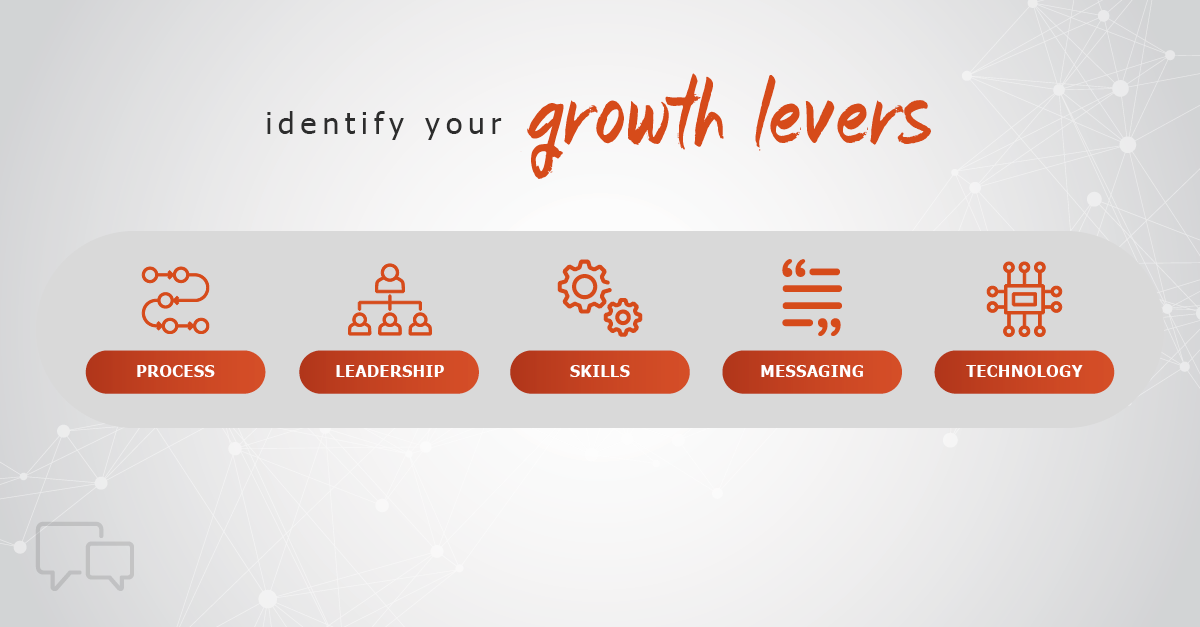
I’m of the age that I once relied on the next day’s newspaper to get sports scores. Same goes for stock prices. And world events. And pretty much everything else.
Today, all that information comes to me live in real time, enabled by apps that send me information about what I’m interested in, when it happens.
But while I can get all this real-time data for my personal interests, I’ve noticed that for sales enablement, many organizations are still in the old “wait and see” mode.
In fact, enablement leaders often don’t track their programs and activities directly to their company’s results. They look to marketing or sales operations to publish dashboards, or they settle for traditional measurements like:
- Leading indicators, like training certifications, asset usage, or sales turnover. They can provide hints on how a quarter or program might turn out, but certainly not enough to accurately forecast a quarter.
- Lagging indicators, like quota attainment, deal size, and sale cycle time. These are important parts of reporting results but don’t really show enablement’s true contribution.
Today’s economic headwinds are forcing that old model out the window. Company executives will be investing more in enablement, but they’ll be looking at results more closely than ever. And they definitely won’t take a “wait and see” approach.
With buyers now demanding digital-first interactions, competitors popping up at every turn, and sellers using a dizzying array of sales technology—how can you enable your team when they need it most, and show real-time impact on their results?
The key is to implement the “measure twice, cut once” philosophy: measure your programs in terms of what you want to accomplish before you activate your enablement programs, and then measure again (and often) during the program to see how you’re tracking to those goals.
If you want to track the success of your enablement programs in real time, follow these five steps:
1. Set well-defined targets
You need to get very specific on the types of buyers you want to target.
This isn’t about personas or segments or regions—it’s about what type of buying decision, or Growth Play, your buyers fall into:
Each of these Growth Plays requires a different approach based on buyer psychology. If you try to use the same messages for a new prospect as an existing customer, it’s not going to work well. Splitting your buyers into these different categories will help you tailor your approach for each segment.
Once you’ve put your buyers in these five buckets, then you need to go into more depth on who specifically you want to target in these areas.
For example, let’s say you’re focusing on winning back lost customers. It’s easy to say you lost 100 customers last year and you’re going to work on winning them back. It’s better if you can break that down even further—of the lost 100, you’ll focus on bringing 80 back. Forty of them were lost because of a price increase, 20 were lost because of a service issue, and 20 were lost because of a competitor relationship.
If you can get down to this level of detail, you can set clear parameters for how to approach each segment and set goals for each group.
Learn more about the Five Growth Plays in this e-book.
2. Determine benchmark data
Once you’ve set your targets in these Growth Plays, start associating benchmark data with each one. Answer questions like:
- Acquisition: How are you differentiating yourself early in the conversation? How many deals don’t even get to an executive stakeholder? How many new opportunities do you lose to “no decision?”
- Win-Backs: Why did the customer leave? What material improvements have you made since they left? Can you address their concerns?
- Margins: Where are you losing margin in deals? How are you anchoring the first offer, and what is your target price? Are you creating enough value early in the deal, so you’re not forced to negotiate on price?
- Retention: Are you having the right conversations with executive stakeholders, or only focusing on the day-to-day administrative team? Are you planning out the relationship to meet your customer’s business goals, and not just driving adoption?
- Expansion: What business goals are you not helping them address today, and how can you add more value? What was your customer’s prior decision process and investment?
When you determine where you are in each of these areas, you’ll see where you can improve and set realistic goals. Without that baseline, you can’t concretely show the impact of your enablement efforts.
3. Use a tested approach
You’ve set your targets and have benchmark data. Now how should you execute?
For years, sales organizations have relied on so-called “best practices” to increase confidence and improve execution. They study what other organizations have done, or maybe what they’ve done in the past, and try to mimic those tactics for their current company or situation.
The problem is those so-called “best practices” are really theories based on the singular experience of one company at a specific point in time. There’s no evidence that they will work for your organization right now.
If you’re taking the time to put some rigor into how you categorize and track your results, shouldn’t you also use execution techniques that are backed by science and not just a best guess?
Your buyer’s goals and motivations are different depending on the Growth Play you’re tackling, so you need to adapt your Growth Levers—like your messages, content, skills, and even your processes—to match that psychology. You also need to develop your managers to coach your revenue teams to execute effectively. And with the right technology in place, your revenue teams can deploy your growth plays faster and with precision.
Check out this webinar replay to see how to think about adapting your approach for each Growth Play.
4. Build a complete playbook
Remember math class, where teachers always reminded you to show your work? You might have arrived at the right answer, but if you didn’t show the steps you took to get there, you wouldn’t get full credit on your assignment.
It’s similar in sales. You can increase revenue, but your executives and your teams want to know what exact steps you took to get there so they can repeat them for future sales. And if you failed to meet your goals, they also want to know what went wrong so you can course correct.
Building a complete playbook with all the messages, skills, and processes you will deploy for each Growth Play is an essential step that shows your work. With this document, you can lay out the cause and effect for each action you and your team took.
Check out this webinar replay for more information on incorporating playbooks into your process.
5. Analyze measurable results
After completing the steps above, you can begin to measure results. You can see which enablement steps are working for each specific buyer segment you’re targeting.
Just like you track your steps to achieve your fitness goals, you can automatically track your sellers’ steps (or missteps) to analyze how and why they won or lost new opportunities. An automated sales outcome analysis can immediately take the pulse of a buyer’s perception of their interactions with your seller. You can see why your seller won or lost, how the buyer felt about the competition or your pricing, and even what your seller could have done differently to win the deal.
Learn more about why you need automated customer feedback in this article.
Benefits of Measuring Enablement
Once you establish a tracking process, you will have better control over your enablement program.
Not only will you have more visibility into the effectiveness or ineffectiveness of your actions but also will be able to identify those areas that require more resources and training.
Additionally, with this level of insight into your organization, you can provide comprehensive reporting to any senior leaders who are concerned with your sales program’s productivity.
So, just like you don’t wait until a game is over to see the box scores, get immediate insights to impact your year while it’s still in play!







